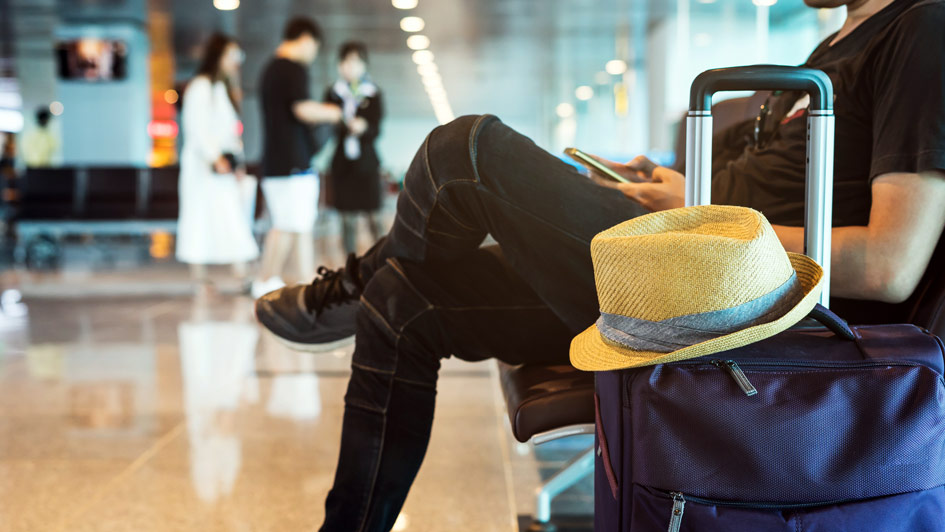
Whether it’s a tropical vacation or a long trip for work, taking a trip means making plans for your home comfort system. You won’t be using it while you’re on a trip, so you can make adjustments as necessary to conserve your energy use. At the same time, you shouldn't just turn it off for the entire time you're out of the house.
Instead, it’s better to leave your HVAC system going and just raise or lower depending on the time of year. That way you can minimize energy costs without worrying about getting back to an uncomfortable home. We’ll review why you shouldn’t turn your HVAC system off as well as the best thermostat settings for various times of year.
Here’s Why You Shouldn’t Leave Your Thermostat on Hold
While you might be inclined to leave your HVAC system off before a trip, this will sometimes end up leading to annoying problems by the time you return. This is notably true if the weather will be severely hot or cold while you’re out of town.
For example, shutting the HVAC system down during the summer will sometimes produce very high humidity. Not only will your home feel gross when you have returned, but it may have also stimulated mold/mildew growth or pest infestations.
And over the winter, not using the furnace will sometimes lead to pipes icing over or even bursting. It’s an awful feeling to come home from a nice trip only to find extensive water damage near a broken pipe.
Ideal Thermostat Settings While at Work
You can adjust the temperature even as you come and go to work. Since you’re not home for about 8 hours or longer, it doesn’t help your monthly energy bill to keep an empty home the same temperature as when you're home. As a general rule, it’s encouraged to raise the thermostat by 5 degrees or more. Meaning that if you prefer a comfortable 72 degrees, consider raising it to 76-77 while you’re out.
But you may save even more if you’re willing to further adjust the temperature. As reported by the Department of Energy, you could save around 10% on your HVAC spending by raising the temperature by about 7-10 degrees.
Best Thermostat Settings While on Vacation in Summer
If you leave for a longer trip in the middle of summer, you can make more significant adjustments. This helps you avoid using too much energy while still protecting your home from the problems that come with leaving it un-air conditioned. About 5 degrees is suitable for brief trips while a larger adjustment of 10 degrees is worthwhile if you’ll be out of town for 2 weeks or more. If you enjoy keeping the house at 72 in the summer, 78-82 should offer beneficial results.
Recommended Thermostat Settings While On a Trip in Winter
To figure out the ideal thermostat setting for a winter vacation, just lower the temperature by the same amount you would adjust it in summer. 68 is a common winter thermostat setting, so turning it down to 63-58 will prevent ice from forming on pipes while restricting how often your furnace runs.
A Smart Thermostat Can Help: Perks of Smart Thermostat Installation
A great way to optimize your home’s HVAC system while out of the house is by investing in a smart thermostat. This special type of programmable thermostat utilizes intelligent software to monitor your preferred comfort habits. It gradually understands these preferences and makes automatic changes to the schedule for higher energy efficiency. And with Wi-Fi compatibility, you can remotely control your heating and cooling using a smart device like a phone or tablet.
Smart thermostats are stuffed with features to help you save on your energy bill. For instance, specific models can observe electricity prices to increase heating or cooling when prices are more affordable. They are compatible with high-efficiency, variable-speed equipment to refine how long your HVAC system has to run. It’s the optimal tool to streamline how you control your comfort system. If you’re considering investing in a smart thermostat, there are a variety of ways you can lower your costs, in essence getting a smart thermostat for free. The next time you leave for vacation, you can appreciate true peace of mind that your HVAC system won’t cause any trouble while you’re away from home.
